From TLC to the LPC: This modern interpretation of a classic brownstone receives a thorough Dixon renovation in the Clinton Hill Historic District.
By the turn of the 19th century, much of Clinton Hill had evolved from a quiet middle-class enclave to a center of wealth and affluence. Grand residences, especially along Clinton and Washington avenues, earned the neighborhood a designation as the "Gold Coast" of Brooklyn. But even among this grandeur, homes of more unassuming origin also took root. As the Clinton Hill Historic Designation Report describes: "A few streets in the neighborhood, such as Clifton Place and Downing Street, were built up during the 1870s with more modest rowhouses that were purchased by less affluent middle-class and lower middle-class businessmen and craftsmen, but the buildings were designed in the same styles used elsewhere and with the same materials giving the same effect of quiet respectability."


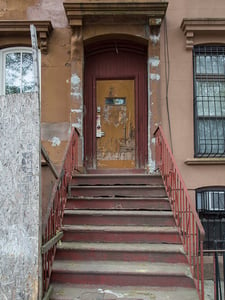
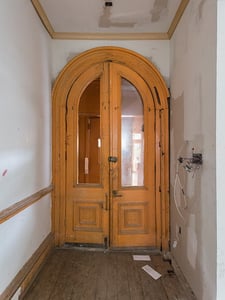
A home of just this type, Downing Street, sits among a row of 10 rather restrained Italianate brownstones built in 1869 by the team of Babcock & Sturges. Constructed as a single-family home, this particular browstone housed lodgers as early as 1920 and was later subdivided into separate apartments. The original details of the home's façade were relatively simple when the home was built; but, even those elements had been largely removed by the time the home was acquired by Dixon in 2013. In fact, the home was in such a decrepit state, it would take more than two years before renovation plans were submitted for approval to the Landmarks Preservation Commission (LPC).
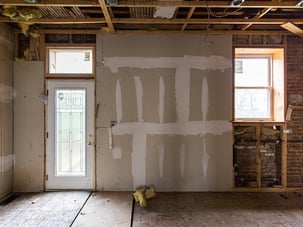
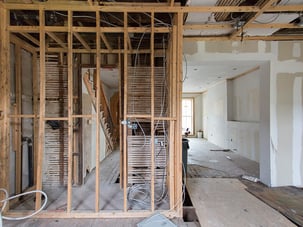
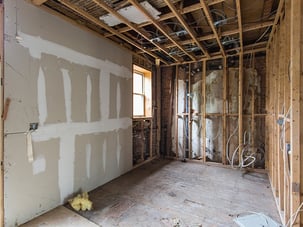
"There were a number of violations on the property when we acquired it," explains the Dixon Projects team. "The previous owner had moved forward without a permit to perform work on the front façade, including replacing all the windows, which is a big problem for Landmarks. There were also issues with illegal work to the interior. There were exposed walls everywhere, exposed joists and electrical, and drywall was missing."
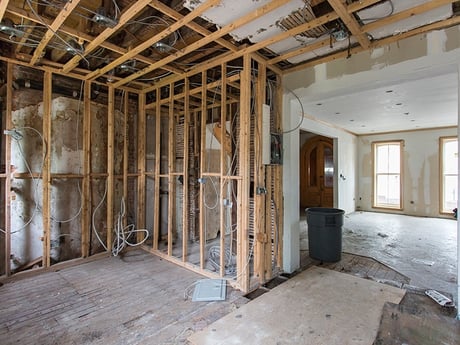
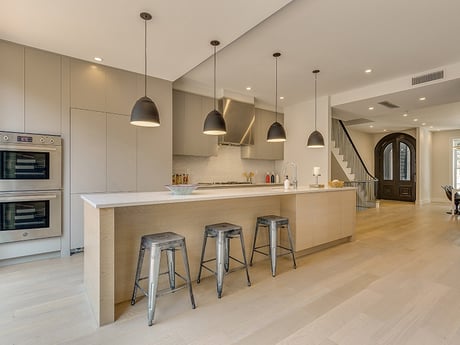
The Dixon Projects team's long and successful track record in working with historic homes under the LPC's jurisdiction was an invaluable asset in navigating the complicated approvals process. "It meant we had to spend a lot of time figuring out how to clear all the violations, because you can't apply for new approvals without removing the illegal work. First, we explain to Landmarks, in depth, how we’re going to cure all the violations, and then put all the money necessary to remediate them in escrow. Once those corrections are complete, we submit the plans for renovation to the Department of Buildings and the LPC and finally, when approved, move forward with the renovation process."



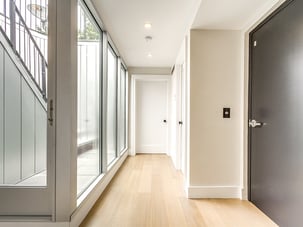
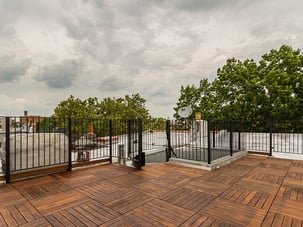
Dixon Projects has a long history of incorporating roof access in historic homes, frequently with clever access points like skyboxes and small bulkheads. At Downing, the bulkhead concept was turned inward to comply with LPC guidelines, and in the process, created a truly unique interior atrium space on the home's top floor. With glass walls surrounding an aluminum-clad stair to the roof, the space has a central courtyard feel that beams light into the top floors — areas that would otherwise be relatively dark. "It's really very nice and something you wouldn't normally see in a four-story townhouse," says the team. "It brings a completely unique feature to the home that isn't found anywhere else in our portfolio."
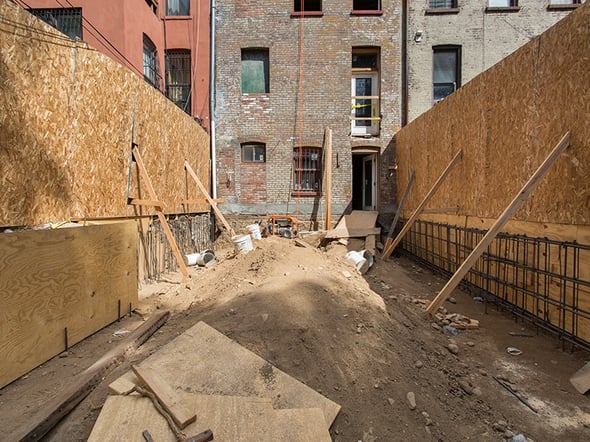
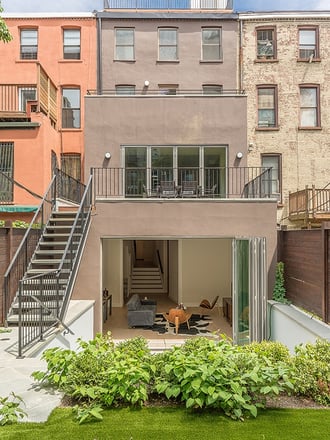
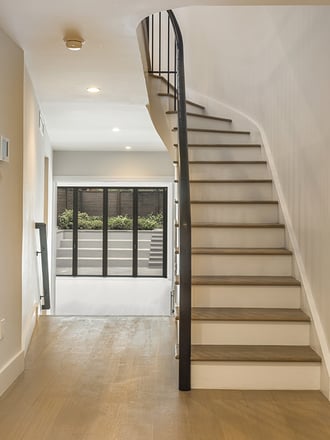
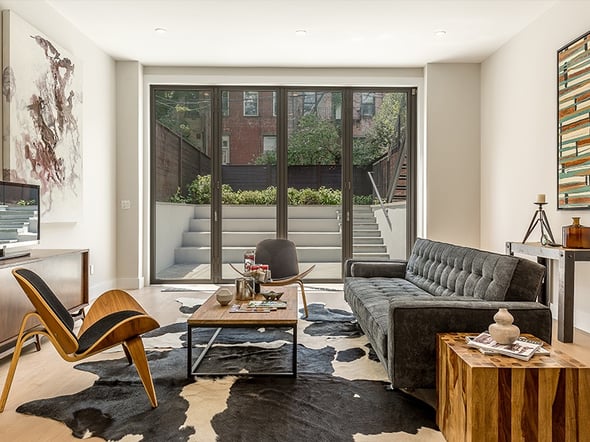
"We stole height from the cellar, which is typically unused space, and it ultimately wasn't any extra work. We were replacing those structural elements anyway, we just put them a little lower. It was a great concept from both an architectural and engineering standpoint."
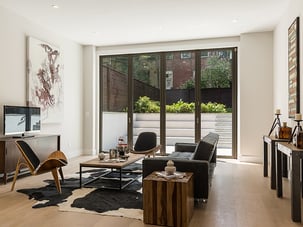
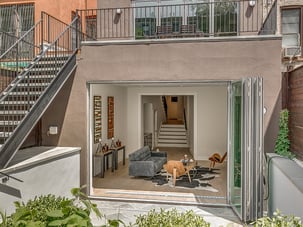
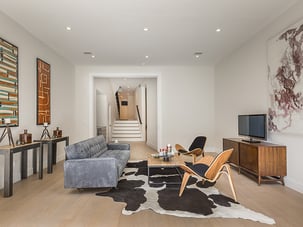
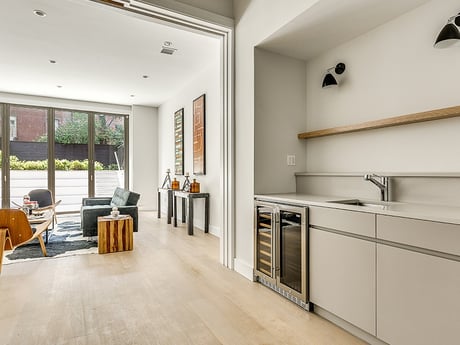
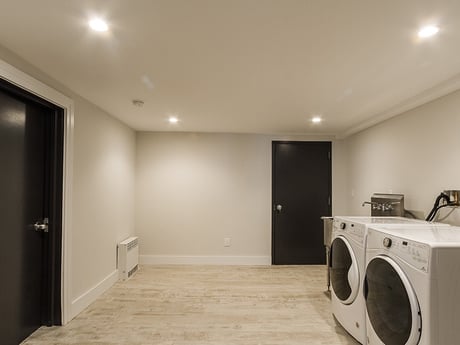
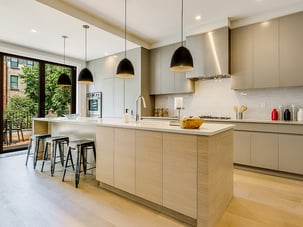

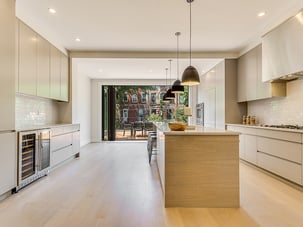
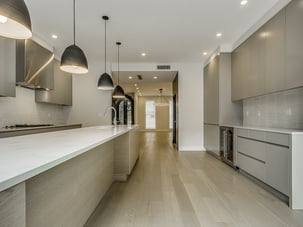

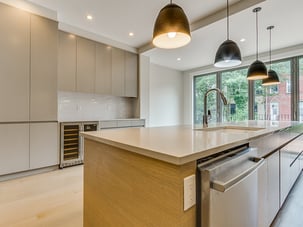
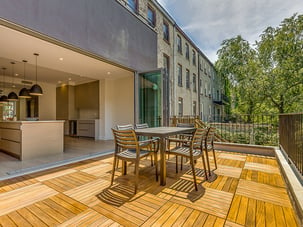
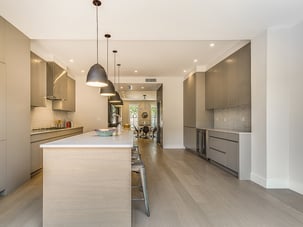
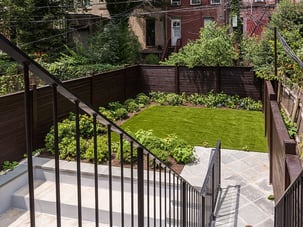
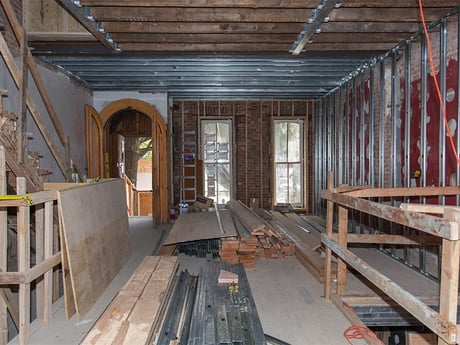
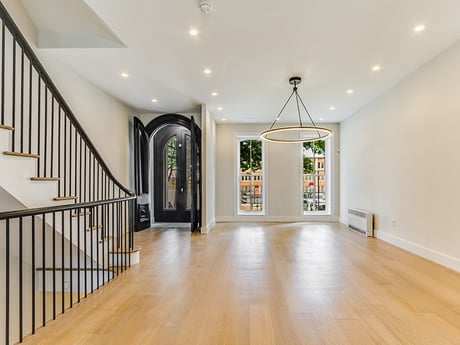
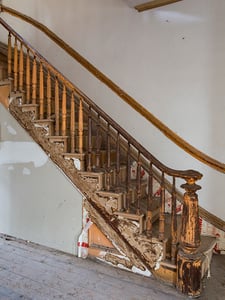
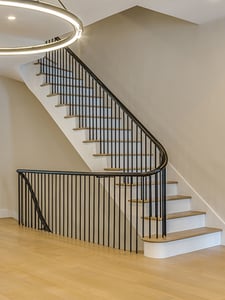


With elegant curves that climb from the basement to the roof, the new staircase mirrors the shape of its original in a thoroughly modern way. "We kept the stair in the same location, but rebuilt it from scratch with a beautiful handrail and metal balusters," says Andy Urbany, associate director of architecture. "It was a lengthy process. It looks really simple, but there's actually a lot of complex geometry going on."
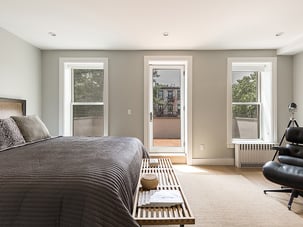
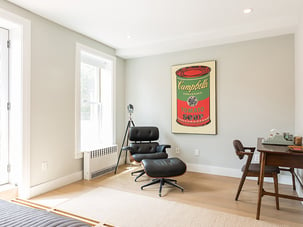
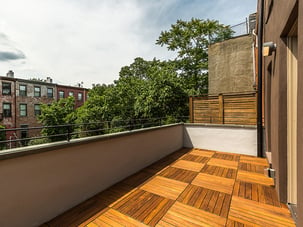
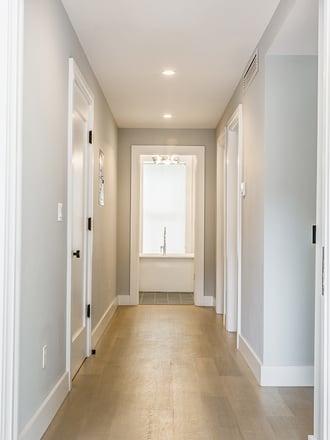
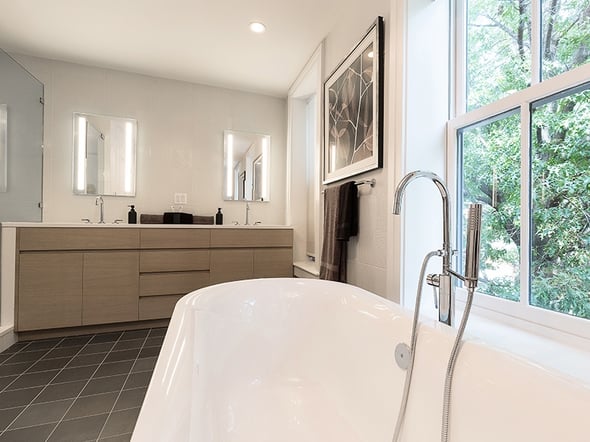
Above the parlor level, a luxurious full-floor master suite offers up the home's final rear addition — a lovely terrace overlooking the yard below. Two custom side-by-side walk-in closets line the private hallway while the expansive master bathroom features a freestanding bathtub, roomy walk-in shower and vanity mirrors with integrated lighting. Upstairs, two more bedroom suites flank the iconic sunny atrium.
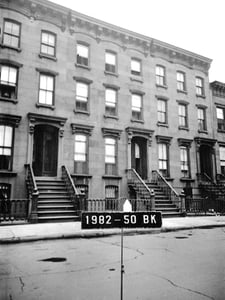
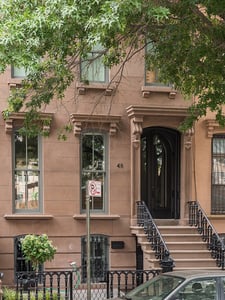

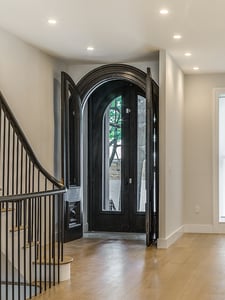
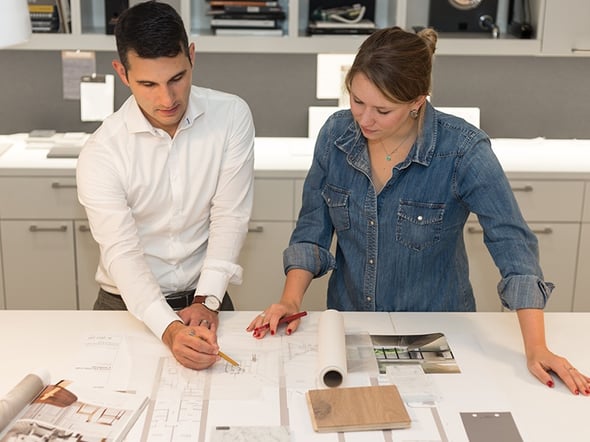

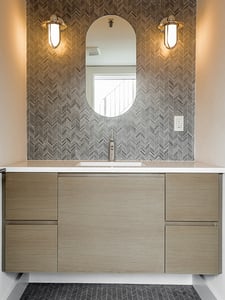
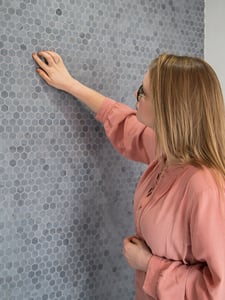
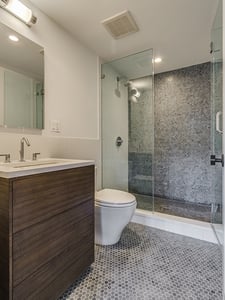
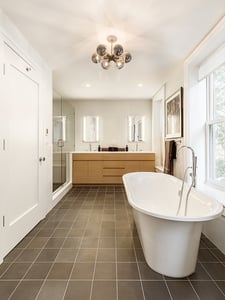
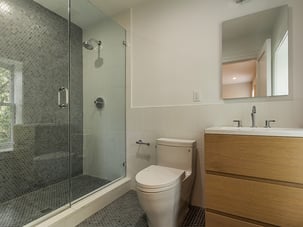
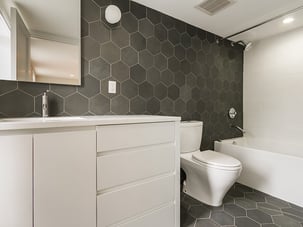
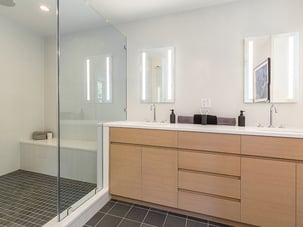
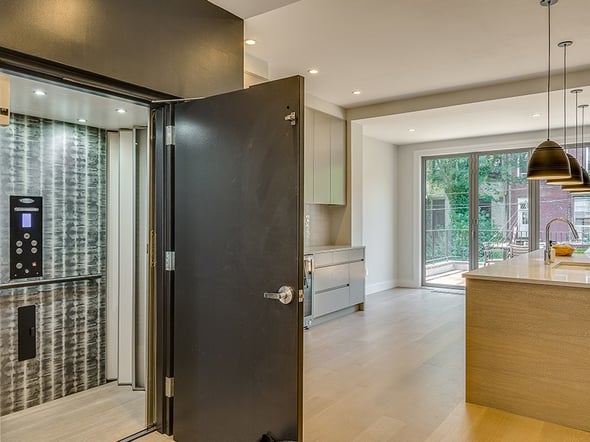
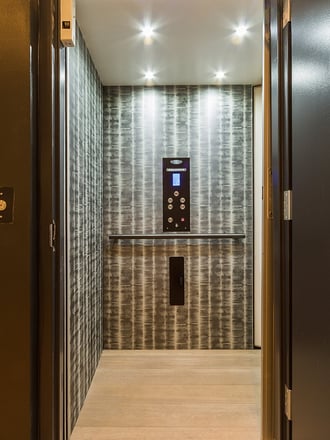
"It's a contemporary take on a classic home," explains Urbany. "We have a lot of modern detailing. There's not a lot of trim, there's not a lot of casing, but it still feels like a warm, homey space throughout."
VIEW THE FLOORPLANS FOR DOWNING STREET:
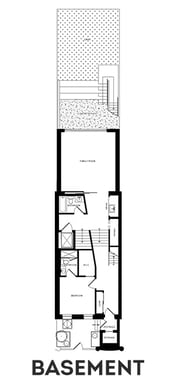
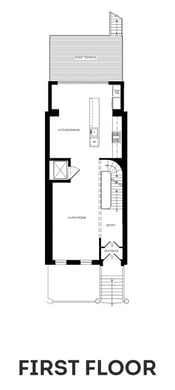
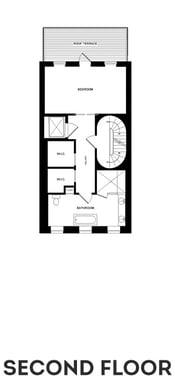
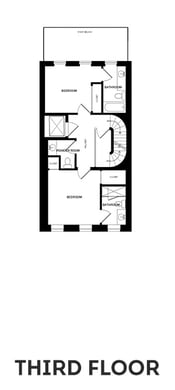
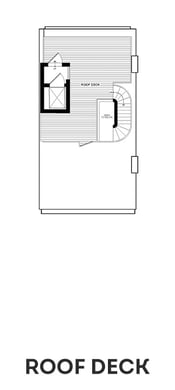
 201 366 8692
201 366 8692








